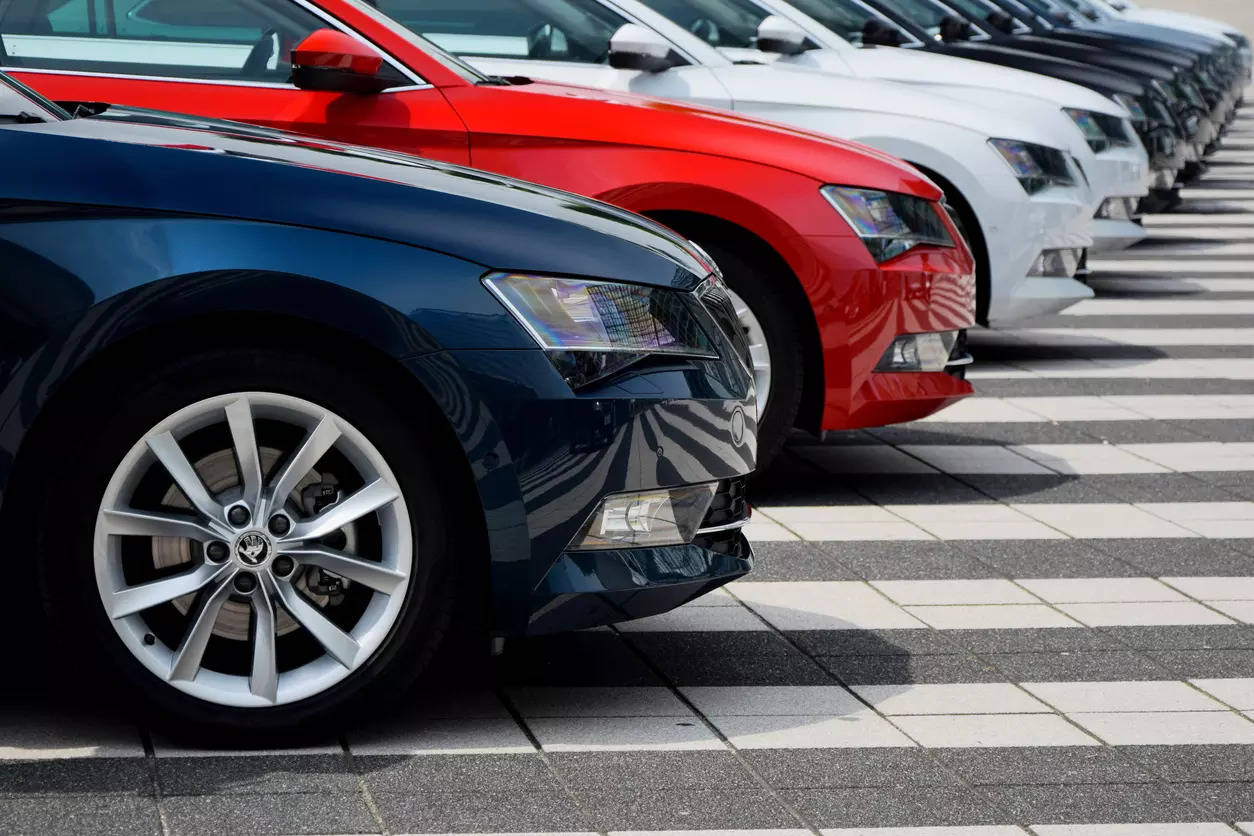
Evolving Industry: Motor vehicles and auto-components are complex and widely used consumer products which constantly incorporate evolving technology for nearly every component function. The flipside to the rapid innovation in the automobile sector is the increased possibility of technological and design-based defects and consequently, an increased risk of potential product liability claims. This dynamic use of emerging technology, as well as the heightened regulatory scrutiny of this sector raises new legal challenges for automakers and component suppliers, particularly with respect to product liability.
New regulatory landscape: In India, product liability laws in relation for the automobiles sector is largely covered under the Consumer Protection Act 2019 (“CPA 2019”) and Motor Vehicles Act 1988 (“MVA”) read with the Central Motor Vehicles Rules 1989 (collectively addressed as “MV Laws”) on the bedrock of contract laws. These primary legislations overlap in their application to automotive components – the CPA 2019 sets out the laws in relation to product liability, whereas the MV laws, being the lex specialis, more comprehensively sets out the recall provisions applicable to the automotive industry.Why important for M&A deals?
Previously there was no definite statutory regime for product liability. It was not dealt with seriously as a diligence issue.
However, with the evolving landscape and legal regime, it has become imperative that from a Mergers and Acquisitions (“M&A”) perspective, investors seeking to foray into the automotive manufacturing sector undertake thorough due diligence to ensure that they are (a) well informed of the risks associated with any potential product liability claims or product recall possibilities; and (b) suitably equipped to establish appropriate risk mitigation measures.
What potential representations and warranties should be sought?
The investment documentation should be drafted with representations and warranties which would cover the below legal matrix. Each representation may be tailored to seek absolute statements based on the facts and product which is of interest in the acquisition.
What is product liability and when does a claim arise?
‘Product liability’ can be understood as the responsibility of a product manufacturer or a seller to compensate for any consumer harm caused by a defective product. A product liability claim arises on account of any ‘harm’ caused to the consumer resulting from a ‘defective’ product, or deficiency in services arising out of such defect.
What is a defective product and which types of consumer harm does the CPA 2019 cover?
The ambit of harm has been purposely kept wide to ensure maximum consumer protection. Harm includes any damage beyond the product itself, or any personal injury, illness, death, or even mental distress caused to the consumer due to the defective product.
A product is considered ‘defective’ if it exhibits any faults, imperfections, or shortcomings in the quality, quantity, potency, purity, or standards that are mandated by law or specified in a contract.
When is a product manufacturer liable?
For any defective product resulting in consumer harm, a product manufacturer is held liable where the product has manufacturing or design defects, deviates from specifications, breaches warranties, or lacks proper usage instructions or warnings.
When is the product seller liable?
The CPA covers separate liability for product sellers which would include entities engaging in import, sale, distribution, packaging, or marketing etc. of automobile products.
A seller is liable in cases where the seller has exercised substantial control over the design, testing, manufacturing, packaging, or labelling of a product that caused harm; or if the harm has resulted from an alteration made to the product by the seller; or if the product fails to conform to an express warranty made independently by the seller.
Why should product liability claims under the CPA 2019 not be taken lightly?
The CPA 2019 has adopted a consumer activistic approach and vests the authority with very wide powers. In most cases, the claims are decided in favour of the consumers.
The relevant adjudicatory authority is empowered to pass directions in relation to, the removal of defect, replacement of the product, or can altogether order the manufacturer to cease the manufacture of such products or a recall the products, along with hefty compensation to the consumers. The authority is also empowered to enter premises and conduct raids.
Product recall under MV laws:
The Motor Vehicles Act and the Central Motor Vehicle rules (together referred to as the “MV Laws“) present a comprehensive legal framework for mandatory recall applicable to the automotive industry.
When can a recall take place under the MV laws?
The Central Government is empowered to direct manufacturers to recall their motor vehicles if the vehicles are found to have defects potentially harmful to the environment, drivers, passengers, or other road users and such defects are reported to the government by a percentage of owners, testing agencies, or other sources.
Is there a statutory period applicable to such recalls?
If a defect lies in a component of a motor vehicle, the manufacturer is bound to recall all such vehicles and their variants that contain the defective component. However, such recall provisions are applicable only to vehicles which are less than seven years old from their respective dates of manufacturing, import or retro fitment.
What are the primary responsibilities of manufacturer in cases of recall?
MV Laws very elaborately set out the responsibilities of a manufacturer in relation to product recalls. Some of the key obligations require the manufacturer to either fully reimburse the buyers or replace the recalled vehicles with vehicles having similar or better specifications adhering to the standards set under the MVA.
Manufacturers must also additionally pay any fines that the central government imposes as a result of the recall.
Given the highly regulated nature of the automotive industry and the stringent compliance requirements with the safety standards there is an innate risk of potential product liability claims in this sector. In the event of any defect in auto components, a manufacturer may face product liability claims under the CPA 2019 as well as the fines and mandatory recall under the MV Act.
Valuation adjustments: Investors engaging in M&A activity in the automotive sector, need to take additional steps to assess the target company’s product liability risk profile and what steps the target company has taken to mitigate risks. One suggestion is to consider factoring product liability claims in the valuation.
Internal compliance: Post merger integration is likely to result in additional costs. Hence, as a suggestion an investor must assess insurance covers keeping global insurance group covers in mind. Product liability insurance should be a critical diligence item.
(Disclaimer: Zakir Merchant, Partner and Shruti Mishra, Associate at Khaitan & Co. Views expressed are personal.)















